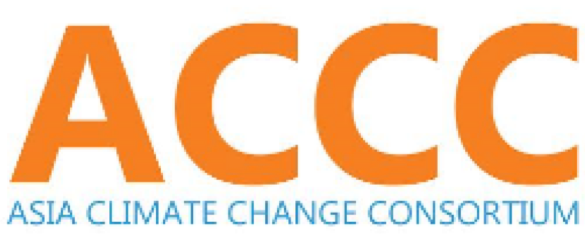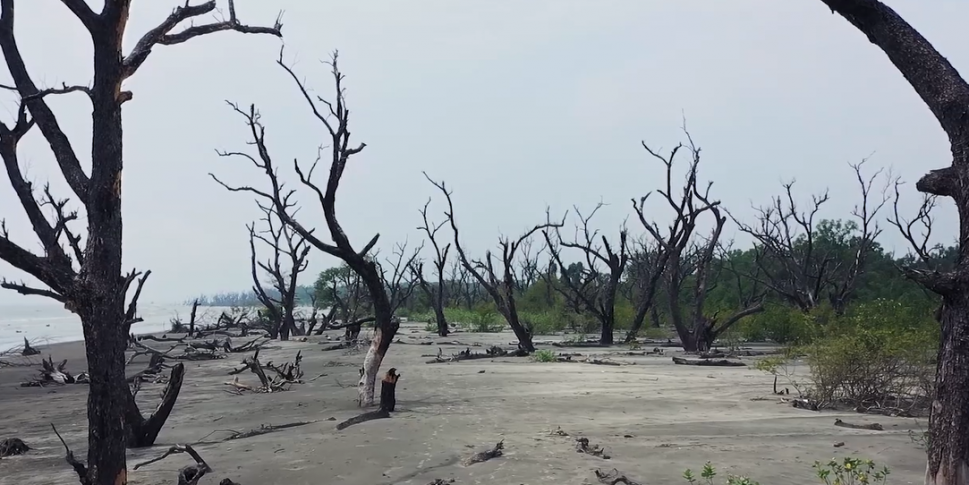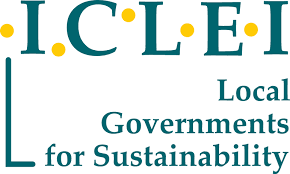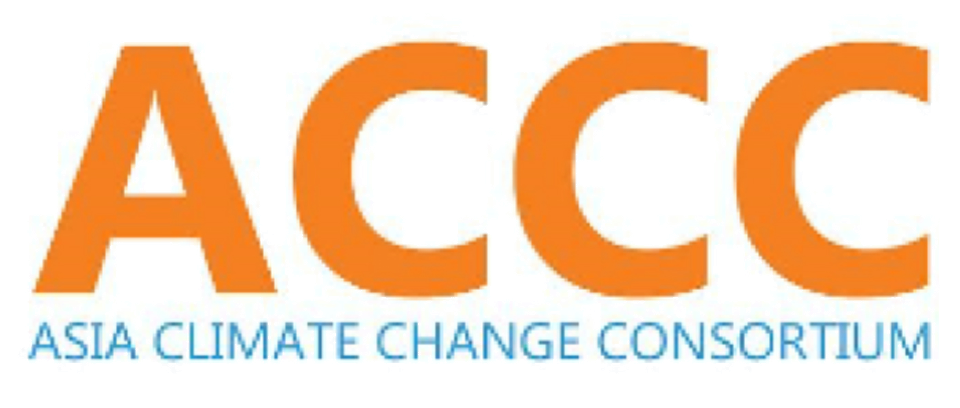Just transition has emerged as a critical issue across multiple levels of the climate governance landscape. Government and non-government stakeholders are formulating and implementing strategies on how to properly balance the urgency of accelerating adaptation and mitigation measures, while meeting the current sustainable development needs and priorities of countries and communities. Such an unprecedented large-scale transformation will cover key economic sectors, such as energy, industries, agriculture, and livelihoods; this, in turn, will also result in cultural and behavioral changes among consumers and at the household level. Failure to accomplish this would result in the goal of limiting global warming to 1.5°C under the Paris Agreement even more unlikely, and more devastating impacts to billions of people across the Asia-Pacific.
While discussions on just transition have largely focused on energy and livelihoods, policymakers must not forget to meaningfully account for the health and rights of communities, from those with close ties to fossil fuel facilities to be phased out to those nearby proposed sites of renewable energy power plants. The state of our biodiversity and ecosystems, especially in a region as diverse as the Asia-Pacific, must also be integrated into all decision-making. Policymakers representing this region must also not compromise their emphasis on the principles of equity and common but differentiated responsibilities and respective capabilities simply to secure support from developed countries and other stakeholders.
ACCC recommends that the following key principles must be integrated into all strategies and activities relating to enacting a just transition in the region.
Key Messages
- Inclusive transition from high-emission, business-as-usual scenario to net-negative, resilient societies where no one is left behind, especially the most vulnerable, including ecosystems
- Multi-actors must take collective and corrective actions to ensure interdependent sustainable, and ecosystem-based value chain communities aiming for human health, well-being, equity, and justice.
- Equitably distribute benefits to locals and respect the rights of all, especially communities, indigenous peoples, and laborers. Address as well the gender injustices and respect the local historical contexts relevant to the process of just transition.
- Survival emissions. Distinguish survival emissions and luxury emissions, and ensure rights to survival emissions.
- Call for transitions that do not marginalize the vulnerable further (challenge false solutions, e.g. agri-digitalization, nuclear, geoengineering). It should be aligned with SDGs, and must include the context of sensitivity, and consultation.
- Rehabilitate sites and communities degraded or damaged by effects of climate change.
- All financial flows in aid of just transition must not further burden the most vulnerable countries and communities that would hinder their pursuit of sustainable development and recovery from the COVID-19 pandemic.
- A neutral and just carbon credit committee comprising private and public sector along with CSOs in each country should be establish to support climate friendly actions





 c/o Rice Watch Action Network
c/o Rice Watch Action Network